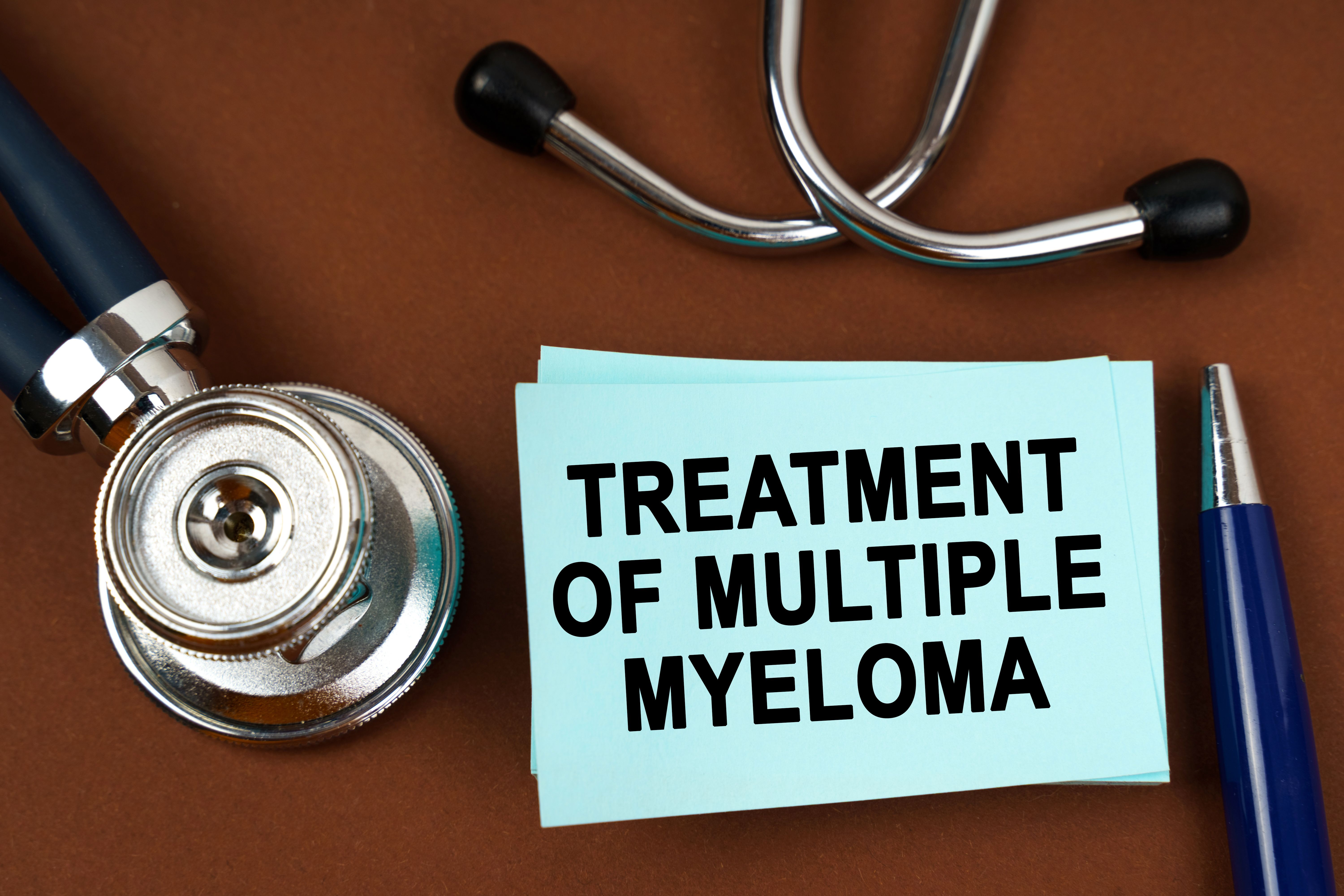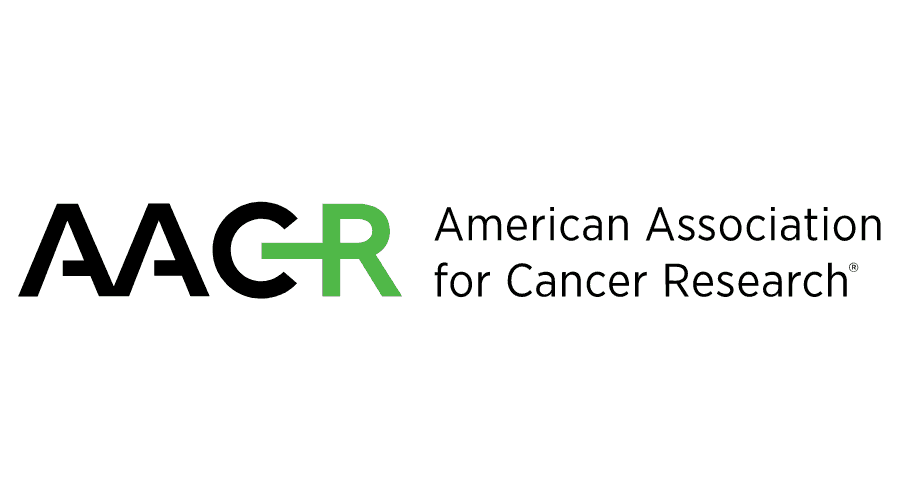Article
Segment 7: How Flexible Are Oncology Care Pathways?
Panelists discussed whether there is any flexibility woven into the process of developing a clinical pathway, especially if a patient does not respond to a particular therapy or if a clinician wants to include a new therapy that may be better fit.

The panelists discussed whether there is any flexibility woven into the process of developing a clinical pathway, especially if a patient does not respond to a particular therapy or if a clinician wants to include a new therapy that may be better fit.
Kathy Lokay replied that flexibility is allowed for in a couple of different ways. From the beginning, committees consider which presentations are common enough to build them into pathway branches. Another thing to remember is that the overall goal of a pathway is not 100% adherence; pathways want to address 80% of patients with a disease. Additionally, physicians can go off a pathway at any time so long as they document a brief statement explaining their divergence and what they will be doing instead.
When new therapies are offered, Lokay said, they are immediately placed in a library for physicians to use if they do decide to off the pathway. If it is a significantly new therapy with the potential to change clinical practices then there may be an ad-hoc committee in order to address it as soon as possible. Otherwise, it will be addressed at the next quarterly meeting.
Lokay concluded that “ultimately everything comes back to that shared decision-making between the physician and the patient. The pathway should never drive an inappropriate decision.”
Michael Fisch, MD, agreed with Lokay on the point of flexibility within pathways saying that there still must be some nimbleness in the process in order to respond to evolving evidence, and to decide the best course of action for each individual person. It cannot be like the CDC guidelines for prescribing opioid use because they need the ability to make adjustments in real time.
“Really, these pathways to me are a way to summarize clinical and weigh in costs on a nimble basis as essentially a way of operationalizing a value framework,” finished Dr. Fisch.




